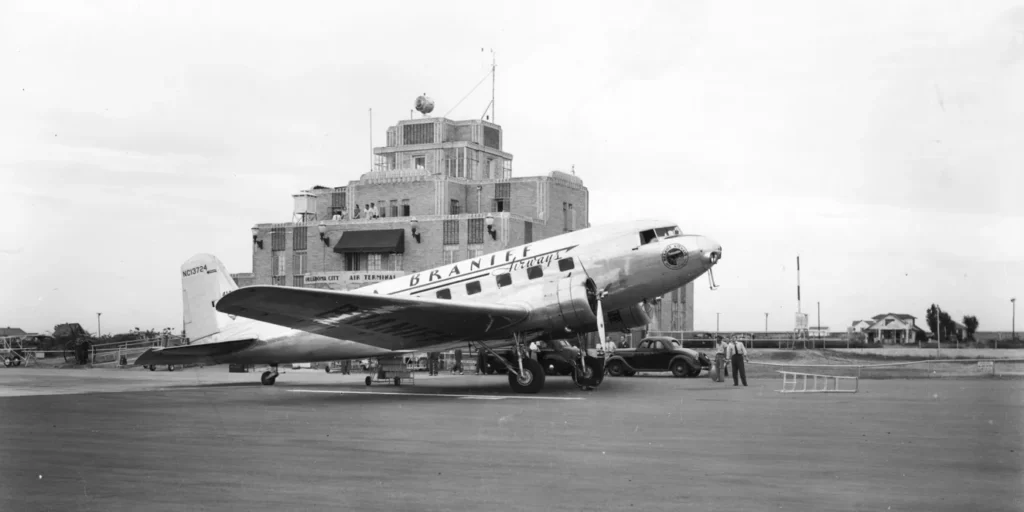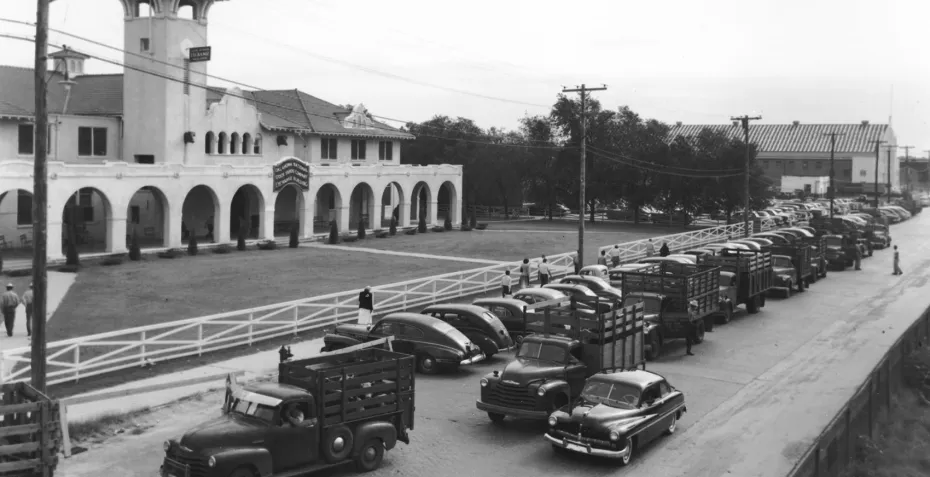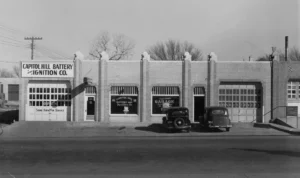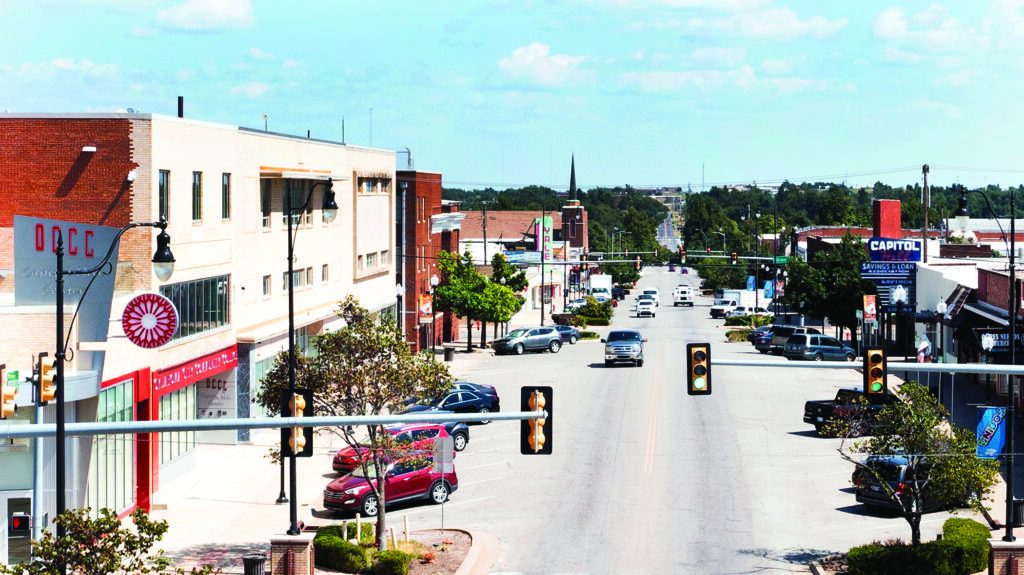Our Story

The past, present, and future successes of the South Oklahoma City area are made possible by the community strategically working together to improve quality of life both economically and socially. History is a powerful tool. We can learn how to build a stronger community by looking at how the South Oklahoma City Chamber and its members have succeeded.
The roots of south Oklahoma City can be traced back to the Great Land Run in the spring of 1889. By 1900, the Capitol Hill area just south of the North Canadian River was firmly established. This was seven years before statehood and 10 years before it was known that the state capitol would be relocated to Oklahoma City.
Capitol Hill was incorporated as a city in 1905. By then, a strong sense of community and civic activity were making this area an economic and cultural force in Oklahoma. The Greater Capitol Hill Chamber of Commerce was created in 1905 to help foster this movement. Capitol Hill was booming with prosperity, remaining independent until it joined forces with Oklahoma City in 1911.
The new South Oklahoma City community was a community of firsts. The early 1900s witnessed the city’s growing passion for flying and Oklahoma City’s first airport was built in south Oklahoma City. In 1911, the Oklahoma City Municipal Airfield opened its hangar doors to barnstormers and aviation aficionados, nurturing the seeds for the travel of the future. Homegrown celebrities like Will Rogers, Wiley Post, and Tom Allen brought national attention to Oklahoma City. The city’s aviation industry was quick to develop and become the major industry it is today.
The airfield brought new opportunities and visitors to the city, and in 1941 it was rededicated as the Will Rogers World Airport. Now one of the largest airports in the country, it still has plenty of room for expansion.

The early 1900s found South Oklahoma City bustling with new business and family activities. Oklahoma City’s first major park, Wheeler Park, was established on the banks of the North Canadian River in 1903. The park included extensive gardens and places to relax and picnic. In 1904, to the delight of kids of all ages, the city’s first zoo opened in the park. However, two great floods swept down the river in 1923, cutting a new channel and wiping out Wheeler Park. The playground, park and baseball diamond were restored, but the zoo was relocated. In recent years, Wheeler Park has been developed into one of the finest softball complexes in the nation. It is due to the resilient residents of south Oklahoma City that the National Softball Hall of Fame and the Amateur Softball Association of America call Oklahoma City home. The International Softball Federation and USA Softball Magazine recognize Oklahoma City as the Softball Capitol of the World.
The 1940s brought exciting times in Oklahoma City. World War II was in full force and one of Oklahoma’s first major military air bases, Tinker Air Force Base, was under construction in the south Oklahoma City area.
By the 1950s, as the war effort was winding down, the community’s socio-economic profile was shifting and the need to continue effectively managing the explosive growth became paramount. Working with community leaders, the Greater Capitol Hill Chamber identified a critical need for more local health care facilities. This was to become one of the Chamber’s most important efforts in the early 1960s.

Within a few years, the first of the $2.3 million needed for the initial development was raised from within the South Oklahoma City community. On November 1, 1965, the doors of community-owned South Community Hospital were opened. Later renamed INTEGRIS Southwest Medical Center, it is now one of Oklahoma City’s finest health care institutions.
Another significant success story achieved through the community strategically working together is that of Oklahoma City Community College. In 1969, South Oklahoma City Chamber members believed they needed to establish a local institution of higher learning to guarantee continued economic development in the area. By October 1971, the votes were in and groundbreaking took place on 143 acres purchased for the project. One year later, on September 25, 1972, the college – another community-owned project – opened its doors to the future of south Oklahoma City.
The Greater Capitol Hill Chamber’s contribution to economic growth was a beacon of prosperity. Just a few years after World War II, the area’s population had doubled. Twelve years later, it doubled again, and within another 15 years it had doubled yet again. The community’s population explosion, combined with Oklahoma City’s annexation strategy of the early 1960s, made the new south side of Oklahoma City one of the state’s biggest success stories.
In 1970, the Greater Capitol Hill Chamber fully embraced the community’s growth, success and vitality by changing its name to the South Oklahoma City Chamber of Commerce.

